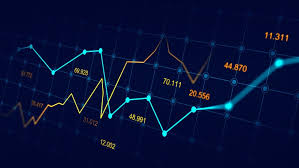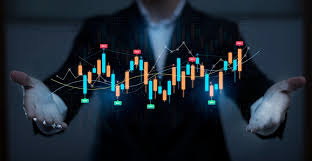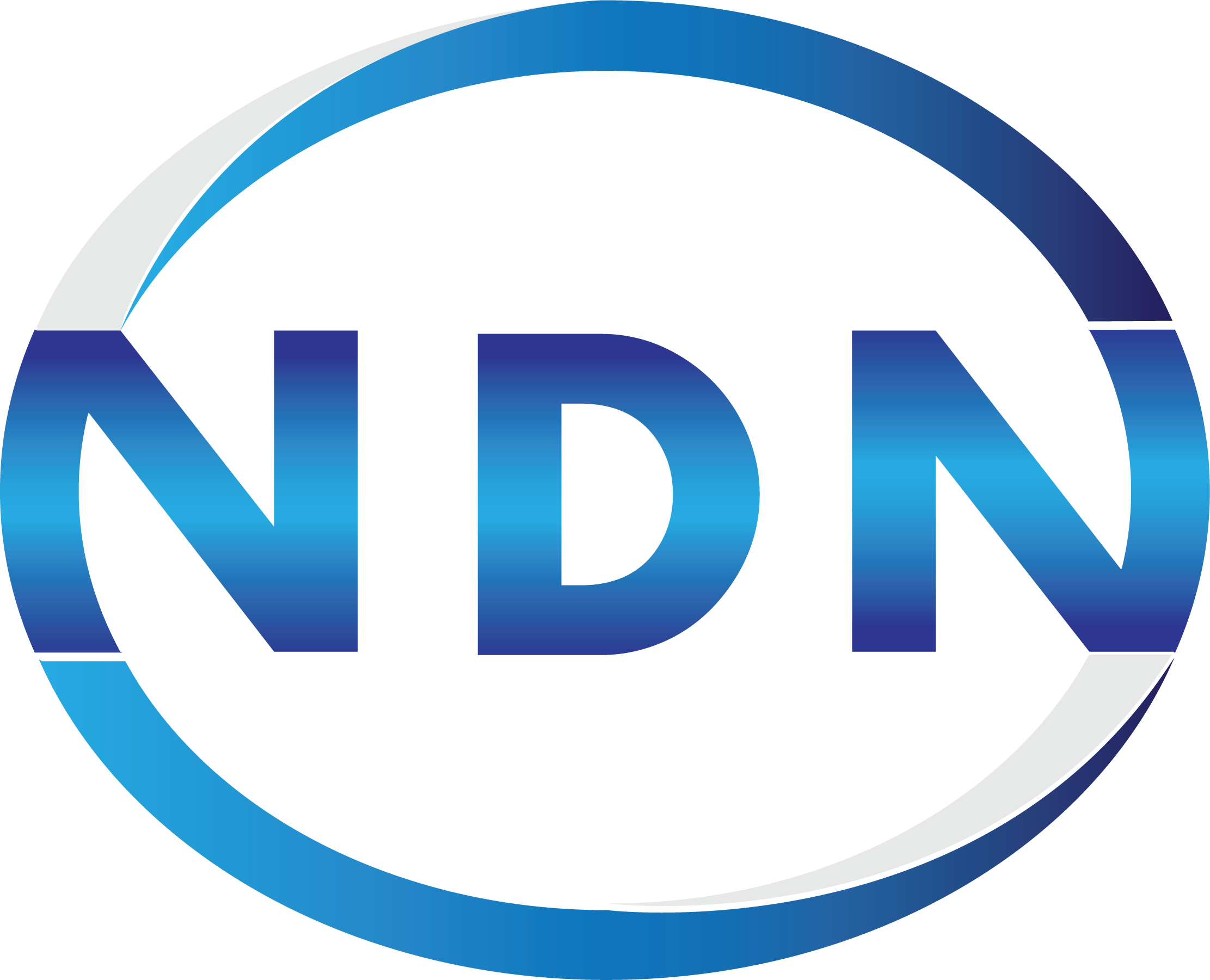
Understanding Your Forex Trading Account: A Comprehensive Guide
Forex trading accounts are essential for anyone looking to delve into the lucrative world of currency trading. With the right account, traders can access countless opportunities to make a profit in the dynamic forex market. In this guide, we will explore various aspects of forex trading accounts, including types, features, and tips to help you make an informed decision about your trading journey. Don’t forget to check out forex trading account Trading Brokers for valuable insights and comparisons of different trading platforms.
What is a Forex Trading Account?
A forex trading account is a financial account that allows individuals or institutions to trade currencies in the foreign exchange market. These accounts are offered by brokers and allow traders to buy or sell different currency pairs. A forex trading account can be thought of as a virtual wallet where traders store funds, which they can use to place trades and manage their investments.
Types of Forex Trading Accounts
When selecting a forex trading account, it is essential to understand the different types available. Each type has its own features and requirements, catering to various trading styles and experience levels. Common types of forex trading accounts include:
1. Demo Accounts
Demo accounts are a great way for new traders to familiarize themselves with the forex market without risking real money. These accounts provide a simulated trading environment using virtual funds, allowing users to practice trading strategies and gain experience.
2. Standard Accounts
Standard accounts are typically designed for experienced traders. They usually require a larger initial deposit and offer standard lot sizes, which equate to 100,000 units of the base currency. This type of account is suitable for those looking to engage in larger trades.
3. Mini Accounts
Mini accounts cater to traders who prefer to trade smaller lot sizes. A mini lot represents 10,000 units of the base currency, making it a more accessible option for those with a lower budget. These accounts are ideal for beginner traders who wish to limit their exposure while learning the ropes.
4. Micro Accounts
Micro accounts are the most accessible type for beginners, allowing trading in micro lots, which equal 1,000 units of the base currency. This type of account usually requires a minimal initial deposit, making it an excellent choice for those just starting out in forex trading.
Account Features to Consider
When choosing a forex trading account, several features should be taken into consideration to ensure that the account meets your trading needs:
1. Leverage
Leverage allows traders to control a larger position with a relatively small amount of capital. Different brokers offer varying levels of leverage, and understanding how it works is vital for managing risk.
2. Spreads
The spread is the difference between the bid and ask price of a currency pair. It can be fixed or variable, and a lower spread typically indicates a more cost-effective trading experience.
3. Commission

Some brokers charge a commission on trades, while others make money from the spread. It’s essential to understand the fee structure of your chosen broker, as it can significantly affect your overall profitability.
4. Trading Platform
The trading platform is the software used to execute trades. Many brokers offer user-friendly platforms with various tools and resources, including charts, indicators, and news feeds that can help inform your trading decisions.
How to Open a Forex Trading Account
The process of opening a forex trading account usually involves the following steps:
1. Choose a Broker
Research and select a reputable forex broker that suits your trading needs. Look for reviews, regulatory compliance, and available features.
2. Complete the Registration Form
Provide necessary information, including personal details, financial information, and trading experience level on the broker’s registration form.
3. Verify Your Identity
Most brokers require identity verification to comply with regulatory requirements. This often involves submitting documents such as a government-issued ID and proof of address.
4. Fund Your Account
Deposit funds into your new trading account using one of the available payment methods, such as bank transfer, credit card, or digital wallets.
5. Start Trading
Once your account is funded, you can begin trading in the forex market. Make use of demo accounts to practice strategies if you are not yet comfortable making live trades.
Conclusion
Forex trading accounts serve as the gateway to one of the largest financial markets in the world, offering a wide range of opportunities for traders of all experience levels. Understanding the different types of accounts, their features, and the process of opening an account is crucial for anyone looking to succeed in forex trading. Remember to choose a broker that aligns with your trading goals and always practice proper risk management to enhance your trading journey.

No responses yet